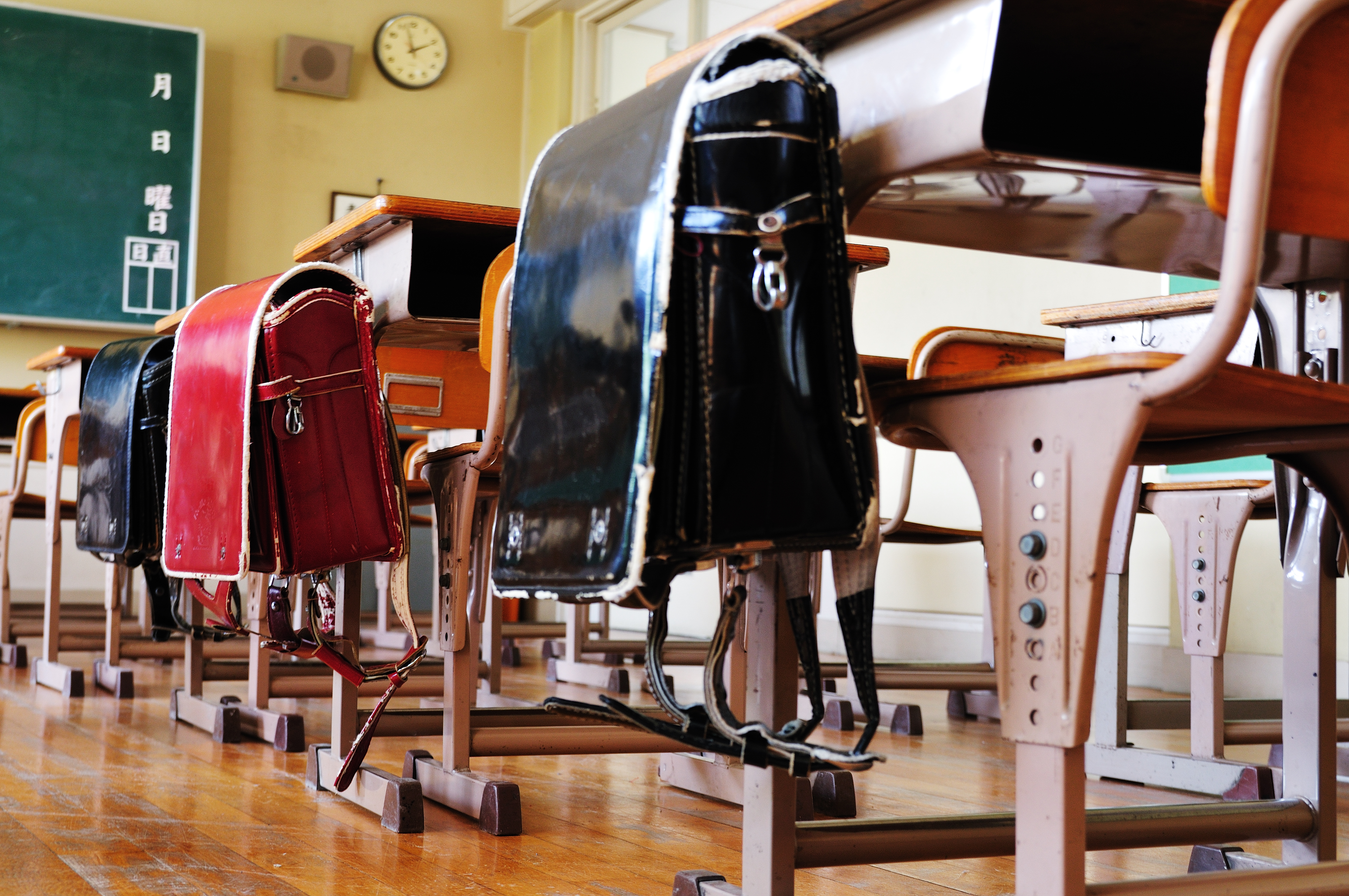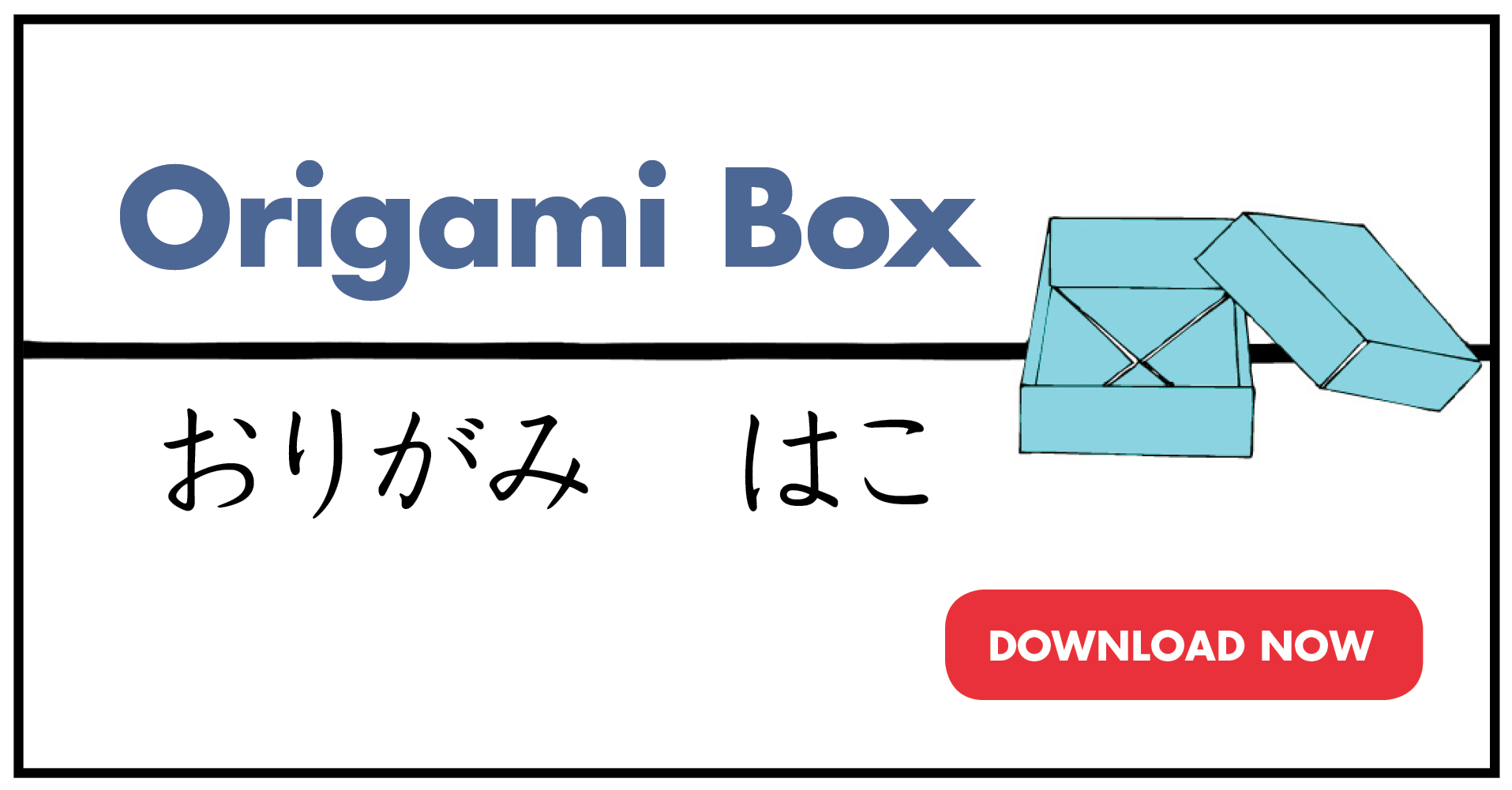
<Image: Heiwa elementary school by Ajari / CC BY>
For students in the United States, September is both the beginning and the end. With one last cannonball into a swimming pool or a final sprint to an ice cream truck, the unstructured play of summer comes to a close. In its place, September ushers in the new year of school, complete with sharpened pencils and eager students.
Every year brings a new wave of young learners. A child’s first day of school is a moment of pride for parents in the United States. Parents will dress their child in new school clothes and fill a backpack with a catalog of supplies. Some parents may take a few pictures to mark the occasion, with their child giving a wide-grinned “Cheese!” to the camera. Others may trot their anxious tots to the bus stop for the first time and watch the child take the first (of what will be many) ride on that patent yellow school bus. Hugs and waves conclude the event, and the child enters school without further pomp and circumstance.
While American families do try to make the first day of school a special occasion for the child, schools in Japan redefine the care and attention placed on a student’s very first school experience. Japanese culture holds the first day of school in very high esteem. This moment marks a child’s first step into Japanese society and culture, and the routine and ritual used to celebrate this occasion is suitably special.
To begin, the Japanese school calendar puts a unique spin on education’s symbolism. Instead of beginning school in September as does much of the world, the Japanese school term begins April 1. No “death of summer” symbolism for the Japanese; rather, school begins with a sense of renewal, the beginning of spring, and the blossoms of sakura さくら (cherry blossoms).
The first day of school is a moment of celebration; in anticipation of the first day, family and friends congratulate the student and give gifts to mark the occasion. To mark the first step into school life, the new student receives randoseru ランドセル, a firm, sturdy backpack used by nearly all elementary school children. Personal desks for the home are another popular gift, as parents set their sights early to cultivate studious home habits in their child early on.
Entering school for the first time is a family affair. Parents and students arrive in their best attire. Students are dressed in their school uniforms, if applicable, or wear school jackets or badges. Families gather first for pictures by a school’s entrance or gate (again, typically with the sakura in the background to set the scene). Families are then ushered inside the school for their official welcome.
New students and parents are greeted inside with nyugakushiki 入学式, or Entrance Ceremony. Important members of the Board of Education, school officials, and teachers speak words of encouragement to the new students. The new students are formally named and welcomed by their homeroom teachers and then led in parade around the school premises while senior students sing and applaud in congratulations.
Senior students (usually from grade 5 or 6) then pair with the new students to take them under wing. The senior students escort the new students through the school and to their classrooms (the classrooms are usually decorated in welcome-greetings and cherry blossoms—all handy work of the senior students!). The senior students advise where to store supplies and shoes, and answer any questions the new students pose. This moment of mentorship is seen as a meaningful transition for new student and senior, and to set a tone of trust and camaraderie within the school.
<A decorated Japanese classroom on the first day of school>
Teaching Tips and Activities
Ask your students if they remember their first day of school. Share with them a typical first day of school in Japan, and ask the students to evaluate the differences and benefits between the Japanese and American systems. Then, enjoy a class activity with a unique feature of Japanese classrooms—origami.
This special origami activity is from the new Adventures in Japanese: Volume 1 textbook. Reimagined for today’s learners, Adventures in Japanese 4th Edition ensures an effective and meaningful study of Japanese language and culture. The next volume in the Adventures in Japanese series is just around the corner: Adventures in Japanese: Volume 2 textbook will be available Summer 2015.




Comments